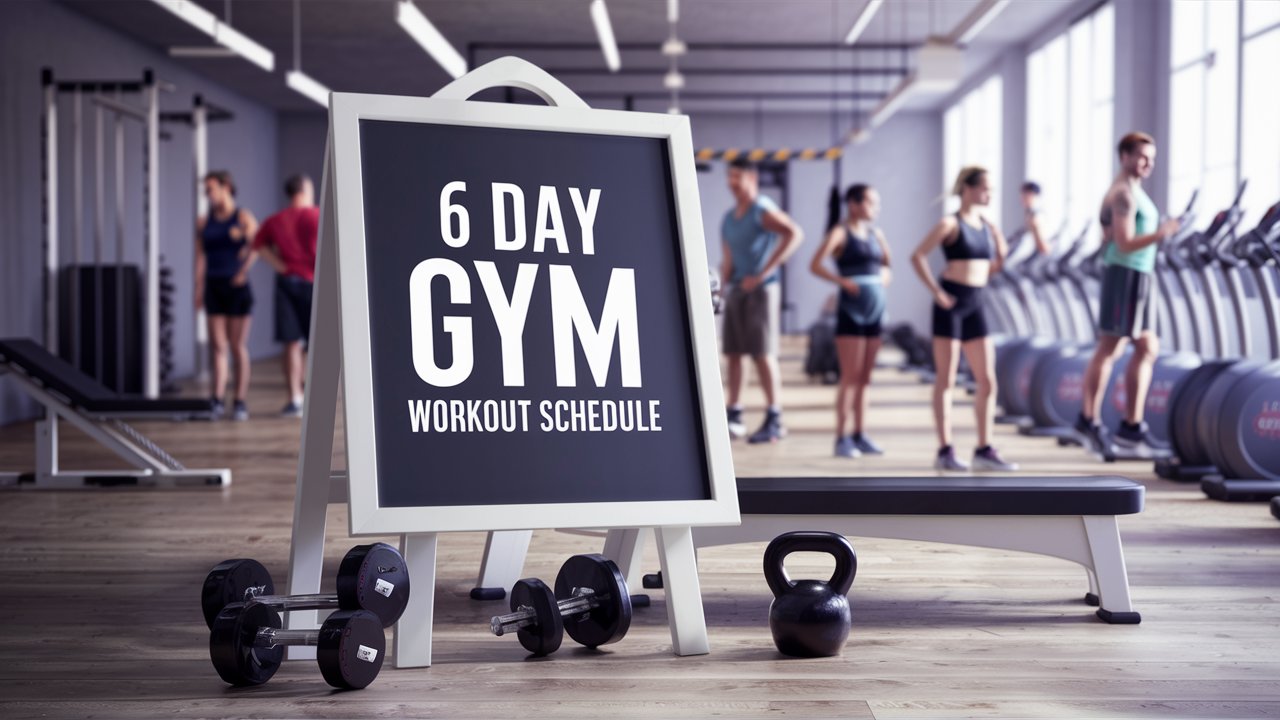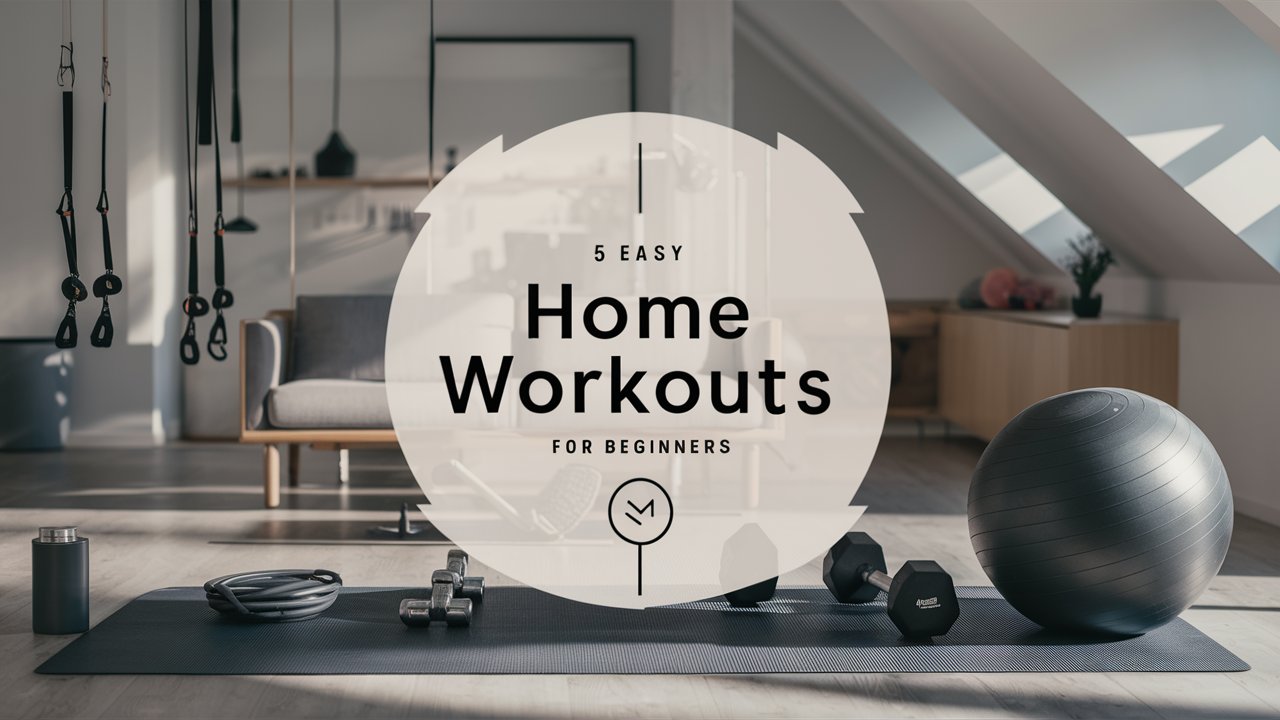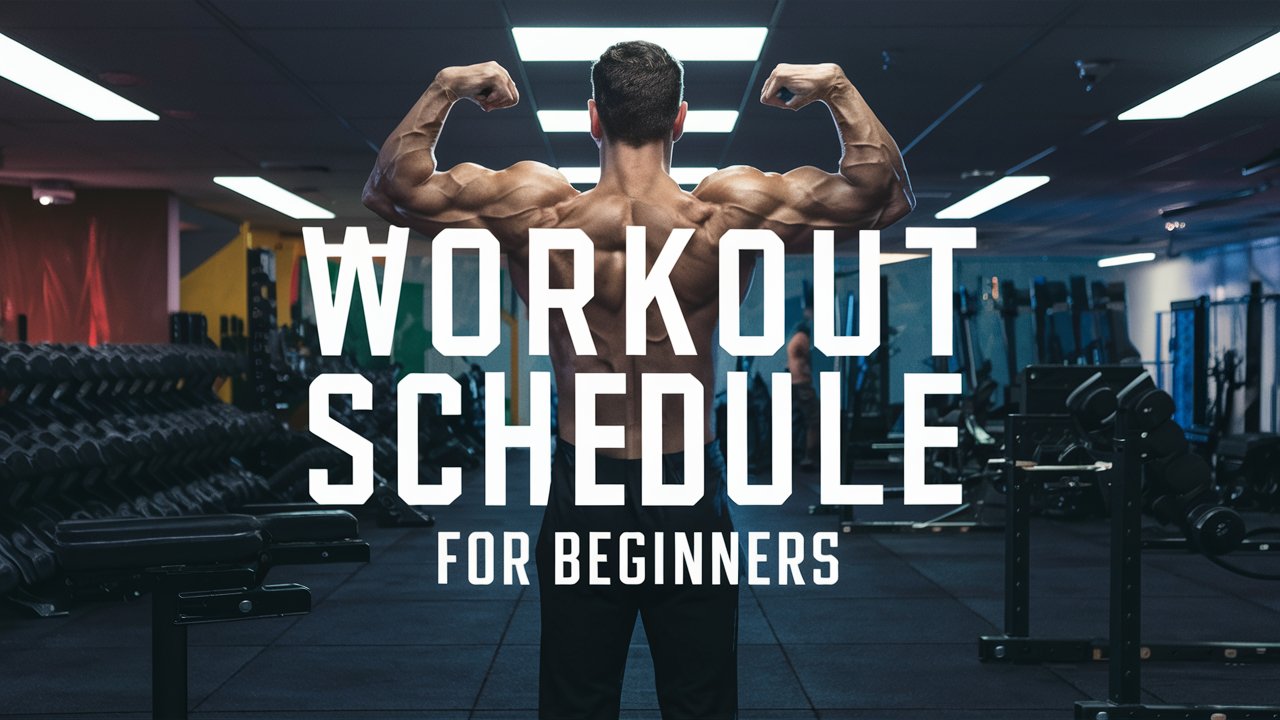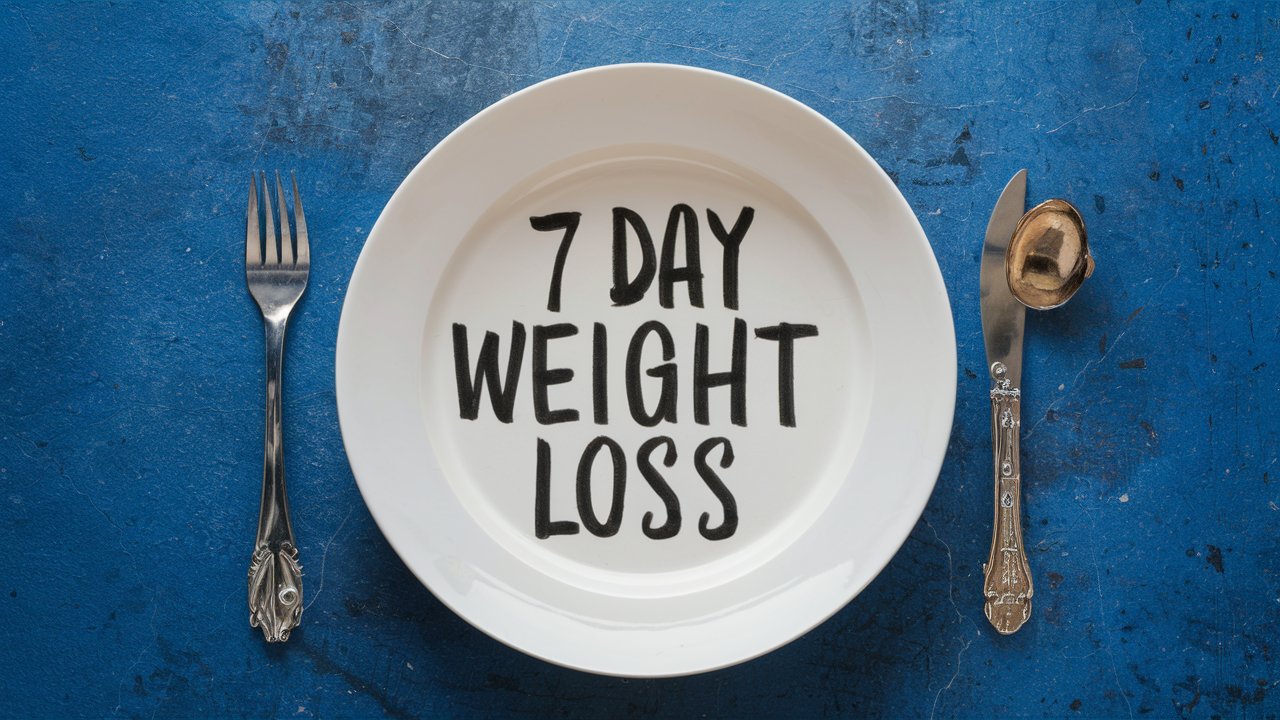Embarking on a fitness journey requires not just dedication but also a well-structured workout plan. A 6 day gym workout schedule offers an extensive approach to building strength, muscle, and overall fitness. In this guide, we’ll delve into the intricacies of a 6 day workout routine, exploring various workout splits and how they can optimize your fitness journey.
Understanding the Importance of Workout Splits
At the core of any effective workout routine lies the concept of workout splits. These splits entail dividing your weekly workouts into specific muscle groups or movement patterns. The primary aim is to maximize muscle growth and recovery by ensuring adequate rest between training sessions. According to healthline, splitting your training enables more frequent workouts, enhancing recovery and strength gains. Additionally, it offers greater exercise diversity for each muscle group. By incorporating workout splits into your routine, you can target different muscle groups more effectively, thereby accelerating progress and minimizing the risk of overtraining.
Different Types of 6 Day Gym Workout Schedules
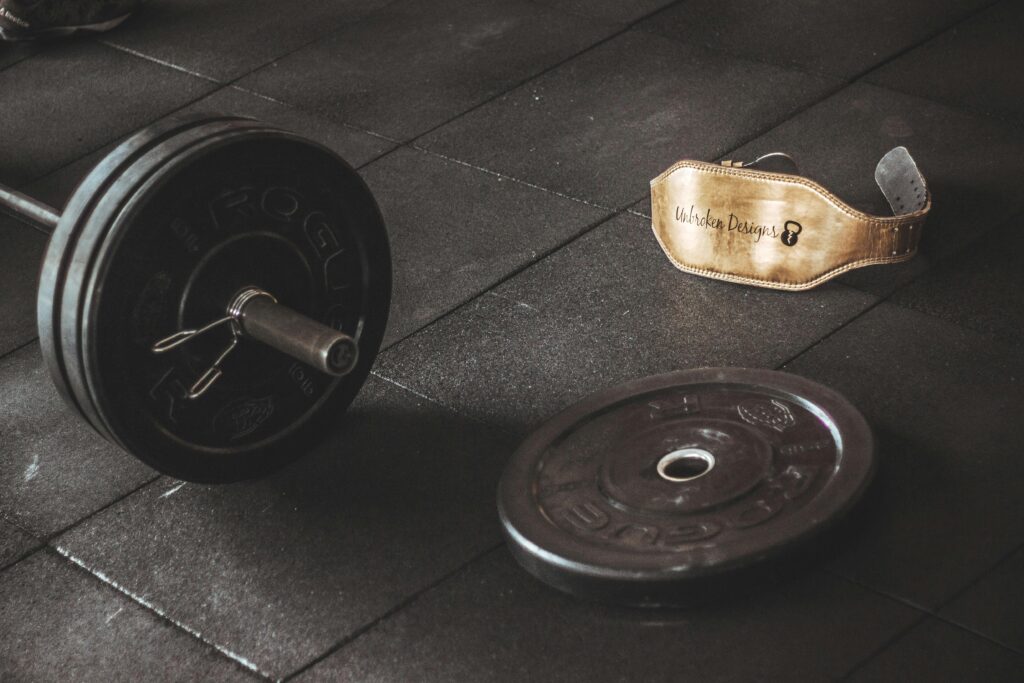
1. Push/Pull/Legs
The Push/Pull/Legs split is a popular choice among gym-goers seeking a balanced approach to training. It categorizes exercises into three main groups: push (chest, shoulders, triceps), pull (back, biceps), and legs (quads, hamstrings, calves). This split allows for adequate recovery of muscle groups while providing flexibility for customization based on individual preferences and goals. However, committing to six days of training per week requires consistency and dedication. Moreover, improper management may lead to overtraining, hindering progress.
2. Upper/Lower Split
The Upper/Lower split divides workouts into upper body and lower body sessions, alternating between the two throughout the week. By targeting major muscle groups twice a week, this split offers a balanced approach suitable for both beginners and advanced lifters. However, beginners may find it challenging initially, and careful planning is necessary to ensure balanced training and avoid muscle imbalances.
3. Body Part Split/Bro Split
The Body Part split dedicates each training day to a specific muscle group or body part, such as chest, back, shoulders, arms, legs, and sometimes abs. This split allows for focused training on individual muscle groups, making it a popular choice among bodybuilders aiming for hypertrophy (muscle growth). However, it may not provide sufficient frequency for each muscle group to optimize growth, and excessive volume can lead to overtraining.
Factors to Consider When Choosing a Workout Split :
- Personal goals: Whether your aim is muscle growth, strength gains, fat loss, or overall fitness.
- Training experience: Beginners may benefit from simpler splits, while advanced lifters may require more specialized routines.
- Fitness level: Your current level of fitness and strength will influence the intensity and volume of your workouts.
- Time availability: Consider your schedule and how many days per week you can realistically dedicate to training.
- Recovery ability: Adequate rest and recovery are essential for progress, so choose a split that allows for sufficient rest between sessions.
Sample 6 Day Gym Workout Schedules

To provide practical insight, here are sample schedules for each type of 6 day gym workout split:
Sample Push/Pull/Legs Split
Day 1: Push (Chest, Shoulders, Triceps)
- Flat Bench Press: 3 sets x 10-12 reps
- Incline Dumbbell Press: 3 sets x 10-12 reps
- Shoulder Press: 4 sets x 8-10 reps
- Lateral Raises: 3 sets x 12-15 reps
- Skull Crushers: 3 sets x 10-12 reps
- Tricep Rope Pushdowns: 3 sets x 12-15 reps
Day 2: Pull (Back, Biceps)
- Deadlifts: 4 sets x 6-8 reps
- Lat Pulldowns – 3 sets x 10-12 reps
- Lat Pullovers – 3 sets x 10-12 reps
- Seated Rows: 3 sets x 10-12 reps
- Incline Dumbbell Bicep Curls: 3 sets x 10-12 reps
- Hammer Curls: 3 sets x 12-15 reps
Day 3: Legs
- Squats: 3 sets x 10-12 reps
- Leg Press: 4 sets x 8-10 reps
- Leg Extensions: 3 sets x 10-12 reps
- Leg Curls: 3 sets x 12-15 reps
- Calf Raises: 3 sets x 12-15 reps
REPEAT.
Sample Upper/Lower Body Split
Day 1: Upper Body
- Flat Bench Press: 3 sets x 8-12 reps
- Skull Crushers – 3 sets x 12-14 reps
- Overhead Shoulder Press: 3 sets x 10-12 reps
- Lat Pulldowns: 3 sets x 10-12 reps
- Incline Dumbbell Press: 3 sets x 10-12 reps
- Seated Cable Rows: 3 sets x 10-12 reps
- Bicep Curls: 3 sets x 10-12 reps
- Rope Tricep Pushdown: 3 sets x 10-12 reps
Day 2: Lower Body
- Squats: 4 sets x 8-10 reps
- Romanian Deadlifts: 4 sets x 8-10 reps
- Leg Press: 3 sets x 8-12 reps
- Leg Curls: 3 sets x 10-12 reps
- Calf Raises: 3 sets x 12-15 reps
- Plank: 3 sets x 30-60 seconds
REPEAT.
Sample Body Part Split
Day 1: Chest
- Flat Bench Press: 3 sets x 8-12 reps
- Incline Dumbbell Press: 3 sets x 8-12 reps
- Dumbbell Chest Flyes: 3 sets x 8-12 reps
- Cable Crossover: 3 sets x 12-15 reps
- Push-Ups: 3 sets x max reps
- Dips: 3 sets x 10-12 reps
Day 2: Back
- Deadlifts: 4 sets x 6-8 reps
- Pull-Ups: 3 sets x max reps
- Barbell Rows: 3 sets x 8-10 reps
- Lat Pulldowns: 3 sets x 10-12 reps
- Seated Rows: 3 sets x 8-12 reps
- Hyperextensions: 3 sets x 12-15 reps
Day 3: Shoulders
- Overhead Shoulder Press: 4 sets x 8-10 reps
- Lateral Raises: 3 sets x 12-14 reps
- Front Raises: 3 sets x 12-14 reps
- Rear Delt Flyes: 3 sets x 12-15 reps
- Shrugs: 3 sets x 10-12 reps
Day 4: Biceps
- Bicep Curls: 3 sets x 12-14 reps
- Hammer Curls: 3 sets x 12-14 reps
- Preacher Curls: 3 sets x 12-12 reps
- Incline Dumbbell Curls: 3 sets x 12-15 reps
Day 5: Triceps
- Tricep Dips: 3 sets x 10-12 reps
- Tricep Rope Pushdowns: 3 sets x 12-15 reps
- Skull Crushers: 3 sets x 12-14 reps
- Overhead Tricep Extension: 3 sets x 10-12 reps
Day 6: Legs
- Squats: 4 sets x 8-10 reps
- Romanian Deadlifts: 3 sets x 8-12 reps
- Leg Press: 4 sets x 8-10 reps
- Walking Lunges: 3 sets x 12-14 reps each leg
- Leg Curls: 3 sets x 12-15 reps
- Standing Calf Raises: 4 sets x 12-15 reps
Pro Tips
Achieving success with a 6 day gym workout schedule requires more than just following a routine. Here are a few easy tips to help you make the most of your workouts:
- Prioritize proper nutrition: Fuel your body with nutritious foods to support muscle growth and recovery.
- Ensure adequate rest: Allow your muscles time to recover and repair by getting enough sleep and taking rest days when needed.
- Listen to your body: Pay attention to how your body responds to training and adjust your routine accordingly to avoid overtraining and injury.
- Incorporate variety: Keep your workouts interesting by incorporating different exercises, rep ranges, and training techniques to challenge your muscles and prevent plateaus.
Conclusion
In conclusion, a 6 day gym workout schedule offers a structured approach to achieving your fitness goals. By understanding the different types of workout splits and considering individual factors such as goals, experience, and recovery ability, you can tailor your routine to optimize results. Remember, consistency and dedication are key to realizing your full potential in the gym.
You can check out our more articles on health & fitness by clicking here.
FAQs
Is a 6 day gym workout schedule suitable for beginners?
While beginners can benefit from a 6 day workout schedule, it’s important to start gradually and prioritize proper form and recovery to prevent injury and overtraining.
How do I know which workout split is right for me?
Consider your fitness goals, experience level, and personal preferences when choosing a workout split. Try out various workout schedules to discover the one that suits you perfectly.
What should I do if I’m not seeing results with my current split?
If you’re not seeing progress, consider reassessing your routine. It may be beneficial to change your split, increase intensity, or focus on areas that need improvement. Consulting a fitness professional can also provide valuable guidance.

